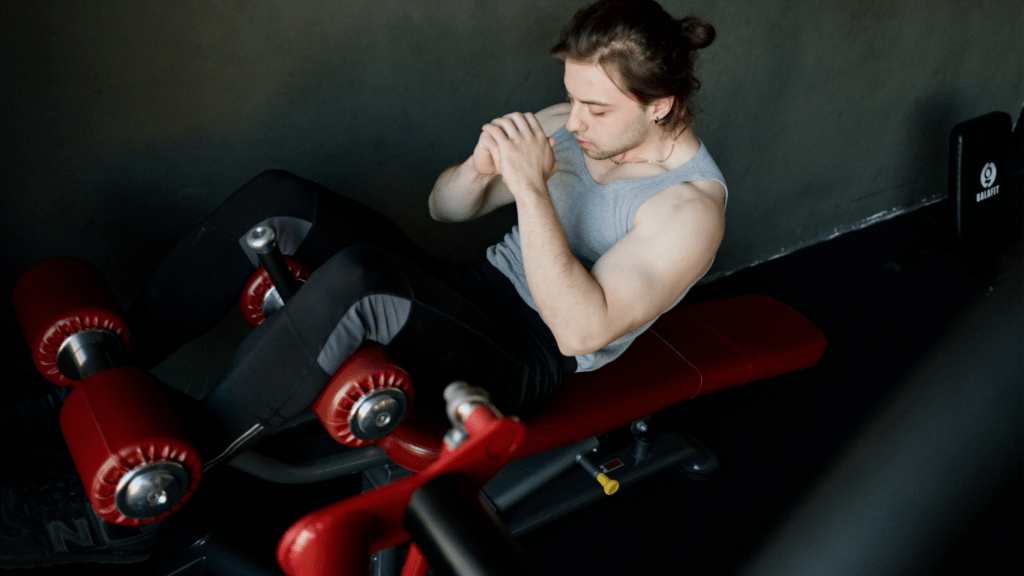Understanding Fitness Goals
Fitness goals represent a plan to improve physical health, tailored to individual needs and circumstances. These objectives aren’t just about reaching a destination but also about personal growth along the journey. Approaching fitness with understanding aids in setting clear and achievable milestones.
First, identify specific areas for improvement. This could be increasing strength, losing weight, or enhancing overall endurance. Second, ensure these targets are measurable. For instance, commit to a 20% strength increase in six months or shed 10 pounds through consistent exercise and diet. Third, maintain a realistic timeframe and acknowledge physical limits to avoid burnout or injury.
I emphasize prioritizing meaningful goals that reflect personal values and motivations. Intrinsic motivation often leads to better adherence. Align goals with daily habits for seamless integration into lifestyles. If increasing daily steps is the aim, incorporate more walking into regular routines. By truly understanding what fitness goals mean, it’s easier to set a solid foundation for success.
The Importance of Realistic Goals
Setting realistic fitness goals directly influences the likelihood of long-term success. It’s crucial to create objectives based on my current abilities to prevent frustration and maintain motivation. Unrealistic targets often lead to disappointment when progress feels unattainable. By aligning my goals with my lifestyle and physical capabilities, I ensure they are achievable and sustainable.
Realistic goals also help in monitoring progress effectively. If my objectives are practical, measuring improvement becomes straightforward, offering a clear sense of achievement. When fitness targets align closely with reality, they provide a roadmap that guides my efforts and adjustments as necessary. This strategic approach allows for celebrating small victories, reinforcing commitment, and maintaining a positive momentum in my fitness journey.
Steps to Set Realistic Fitness Goals

Creating realistic fitness goals requires understanding your current situation and defining clear objectives. Here’s how I’ve structured this process to ensure consistent progress.
Assessing Your Current Fitness Level
Understanding your starting point allows you to tailor goals that suit your abilities. I begin by reviewing my fitness markers, such as endurance, strength, and flexibility. Tracking these metrics gives a benchmark to compare future progress against and helps identify specific areas needing improvement.
Defining Your Objectives
Objectives act as a roadmap for your fitness journey. I list what I want to accomplish, like building muscle or increasing stamina. This clarity helps me focus my efforts and increases the likelihood of success. Linking these objectives to personal motivations maintains enthusiasm over time.
Setting Short-term vs Long-term Goals
Balancing short-term and long-term goals keeps motivation high and ensures constant progress. I set achievable weekly targets, like completing a certain number of workouts, alongside more ambitious annual ones, like participating in a marathon. This strategy ensures I’m constantly working towards larger aspirations while celebrating small victories.
Making Goals Specific, Measurable, Achievable, Relevant, and Time-bound (SMART)
SMART goals provide a structured approach to goal-setting. By making my objectives specific, like running 5 miles in under 50 minutes, and measurable, such as tracking times accurately, I can gauge success more effectively. The goals must be achievable and relevant to my ultimate fitness aims, ensuring they challenge me without leading to discouragement. Setting firm deadlines instills urgency, promoting consistent effort and dedication.
Strategies to Stick to Your Fitness Goals
Achieving fitness goals requires persistence and strategic action. Here, I’ll share effective methods to enhance your dedication and ensure lasting progress.
Building a Support System
Create a network of encouragement and accountability by surrounding yourself with supportive individuals. Invite friends or family to become workout partners or join fitness communities for shared experiences and motivation. Engage with online forums or social media groups where members exchange tips, challenges, and successes, strengthening the commitment to your goals.
Tracking Progress and Adjusting Goals
Monitor your achievements regularly using tools like fitness apps or journals.
- Document workouts, track performance metrics, and celebrate milestones to maintain focus.
- If progress stalls, reassess and modify your objectives to align with changing capabilities or circumstances.
- This adaptability ensures that goals remain realistic and motivating, preventing potential burnout or frustration.
Overcoming Common Obstacles
Identify and address barriers to maintain consistency in your fitness routine.
- Time constraints can be managed by integrating shorter, more frequent workouts into your schedule.
- Combat motivational dips by revisiting your reasons for pursuing fitness goals and experimenting with new activities to reignite enthusiasm.
- View setbacks as learning opportunities and commit to continuous improvement, building resilience and ensuring success on your fitness journey.
The Role of Motivation and Discipline
Motivation drives initial action in fitness journeys. It’s that spark of enthusiasm when starting a new workout routine or seeing progress in the mirror. However, motivation alone isn’t enough for long-term commitment. It’s influenced by factors like personal aspirations, role models, and desired outcomes. For example, envisioning a healthier lifestyle or being inspired by a fitness influencer can enhance motivation.
Discipline ensures consistency when motivation wanes. It’s the structured approach to following through on fitness plans, even during challenging times. Discipline fosters habit formation, making exercise and healthy choices an integral part of daily life. For instance, setting a regular workout schedule or preparing meals in advance requires discipline, helping maintain momentum.
Combining motivation and discipline strengthens one’s ability to stick to fitness goals. Motivation initiates, while discipline sustains, forming a balanced approach. When motivation dips, discipline acts as a supportive framework, keeping actions aligned with goals. Recognizing this interplay and nurturing both elements fosters resilience and dedication in ongoing fitness endeavors.


 Senior Sports Writer
Alfred Alder is the senior sports writer at Sprint Scoop News, bringing his extensive knowledge of fitness, training, and sports business to the forefront. With a career spanning more than a decade, Alfred specializes in delivering high-quality, engaging content that covers everything from sponsorship trends to the latest in health and nutrition for athletes. His deep understanding of the sports industry allows him to provide readers with comprehensive insights that make complex topics accessible and exciting.
Senior Sports Writer
Alfred Alder is the senior sports writer at Sprint Scoop News, bringing his extensive knowledge of fitness, training, and sports business to the forefront. With a career spanning more than a decade, Alfred specializes in delivering high-quality, engaging content that covers everything from sponsorship trends to the latest in health and nutrition for athletes. His deep understanding of the sports industry allows him to provide readers with comprehensive insights that make complex topics accessible and exciting.
